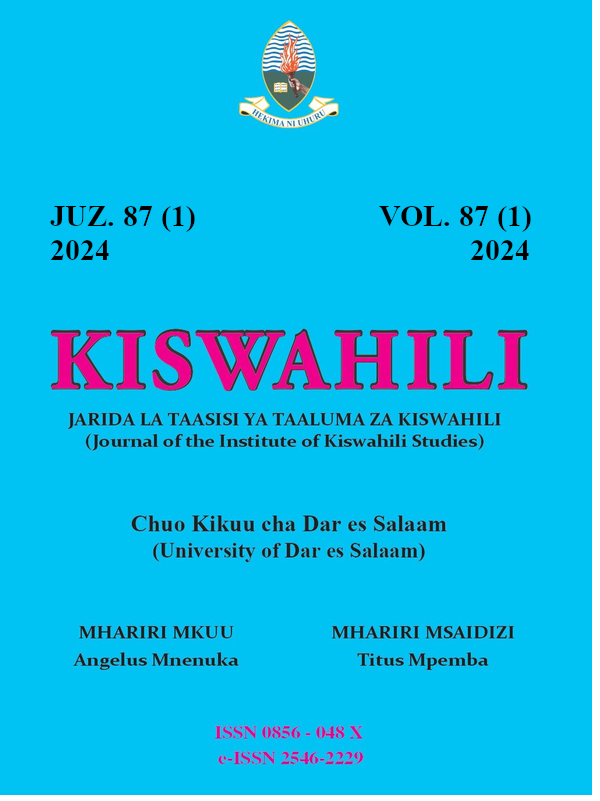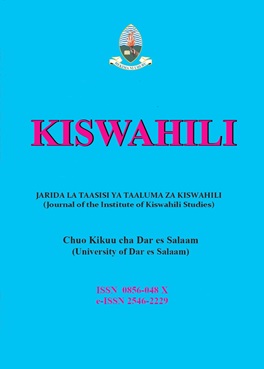Teachers’ Knowledge of the Use of Communication Strategies
A Case of Kiswahili as a Second Language Classroom
Abstract
In Second Language (SL) classroom interactions, teachers and learners might face language mismatch due to learners’ limited target language (TL) linguistic resources. In such situations, communication strategies (CS) like approximation, non-verbal cues, code-switching, and others help to compensate for the breakdown. However, in most SL classes, teachers either do not use these strategies to ease interaction with their learners or use them without noticing their significance. Thus, it is questionable whether SL teachers are cognizant of the use of CSs when interacting with their learners. This paper examines teachers’ knowledge of the use of Communication Strategies (CSs) in Kiswahili as a Second Language (KSL) classrooms in Tanzania. In particular, the present paper seeks to determine the CSs used by KSL teachers and to ascertain their cognizance of the use of CSs in classroom interaction. The research on which this paper is based was a qualitative case study involving three KSL teachers, purposively sampled from the Kiswahili na Utamaduni (KIU) training centre. Classroom observation and personal interviews were used to collect data. Findings indicate that the teachers relied on code-switching and used CSs with limited knowledge of specific strategies. This study recommends that KSL teachers should be given awareness to be able to consider using recommended CSs effectively to facilitate classroom interaction. In addition, teachers’ training colleges should consider involving units on CSs in language teaching courses.



